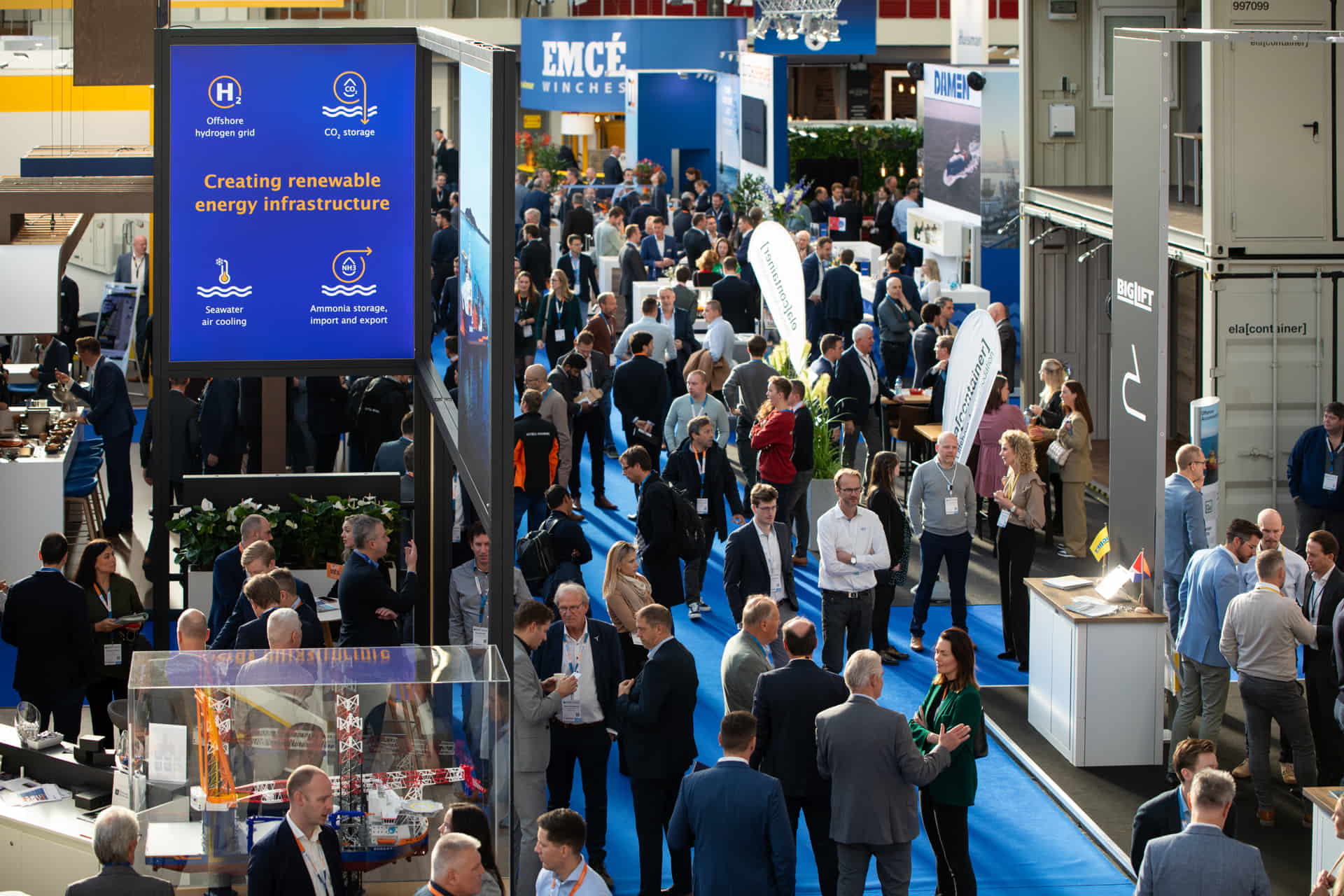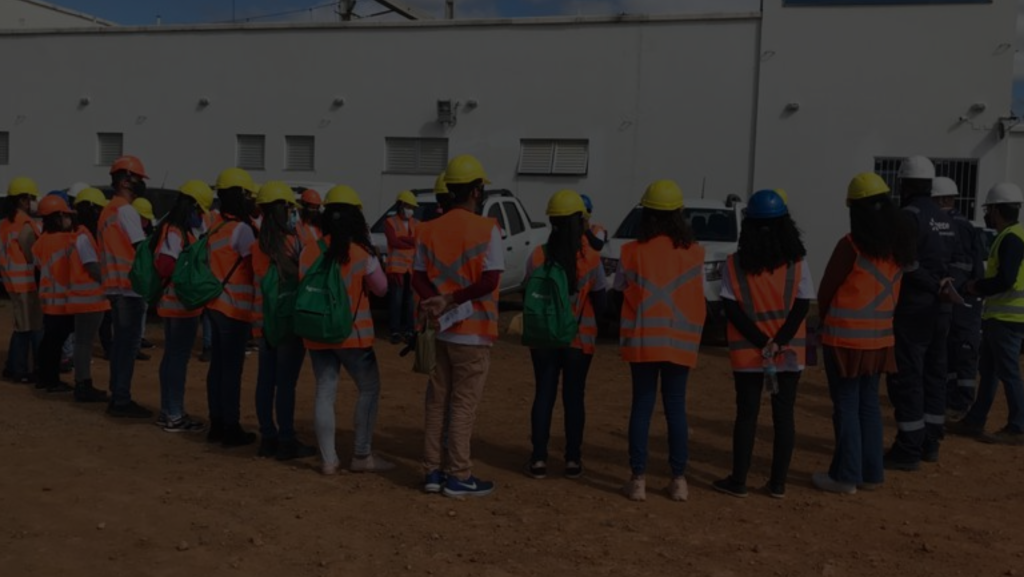
The offshore wind sector is critical to achieving net-zero goals and ensuring energy security. As governments around the world hedge their bets on offshore wind being a key driver to meeting those sustainability goals, it has never been more important to ensure that safety is at the forefront of decision making to keep critical assets online. However, this sector faces unique fire safety challenges that could have significant consequences if not addressed properly.
Unique challenges require unique solutions
Fire incidents on offshore wind assets, particularly on transformer platforms, can have catastrophic consequences. In 2022, 225 high-potential incidents were reported in the UK offshore wind sector, a 10% increase on 2021, and while only a small proportion of these could relate to transformer platforms, it highlights the risks the sector faces.
Offshore wind farms are typically located far from shore, making immediate emergency response difficult and, as a result, the time to reach these remote locations can significantly increase the severity of the incident. They are often unmanned, or any personnel working on offshore wind farms have limited evacuation options, further increasing the need for a bespoke automatic solution.
Transformer platforms serve as central hubs for multiple turbines, converting the alternating current (AC) generated by the offshore wind turbines to direct current (DC) for efficient long-distance transmission, making them critical nodes in the infrastructure. They house vital equipment which can be highly susceptible to damage from fires leading to electrical failures, loss of power control and even explosions, resulting in multiple turbines being rendered unavailable. Adding further complexity is the need for specialist equipment and firefighting techniques suited to the mitigation of electrical fires in the marine environment.
The immediate consequence of a transformer platform going offline is a reduction in the supply of renewable energy to the grid and, as we increase renewable capacity, wind farms are increasingly integral to maintaining grid stability. The sudden loss of power from an offshore wind farm can strain other parts of the power network, requiring rapid adjustments to maintain grid reliability, and possibly leading to increased use of less environmentally friendly backup power sources like fossil fuels.
Safeguarding these installations is key, not only to protect infrastructure, but to ensure ongoing supply of renewable energy supply to the grid. These unique challenges and their subsequent consequences require unique solutions.
Out with the old, in with the new, right? Wrong.
While it feels relatively new, the first offshore wind farm – Vindeby Offshore Wind Farm – was actually built off the Danish coast in 1991. The fixed wind farm was located in water depths reaching only 4 m and didn’t require a transformer platform, but it inspired the development of offshore wind energy over the next three decades.
Now, with offshore wind farms dating back to 2006 still in operation, we should not underestimate the importance of protecting aging infrastructure alongside new field development. In fact, aging assets – and retrofitting them with appropriate fire detection systems – may pose the greatest challenge.
Fire safety regulations evolve over time, and maintaining aging assets helps ensure they remain reliable and compliant with current standards. This is essential for legal and operational reasons, but regular maintenance and upgrades of fire safety systems can contribute to extending overall asset life, improving long-term viability and performance.
Ultimately, as fire safety technology improves, maintaining and upgrading systems on aging assets allows wind farms to benefit from enhanced detection and suppression capabilities to protect critical infrastructure.
Tapping into the right expertise
Choosing the right partner becomes not just beneficial but essential – both for new and aging infrastructure.
While the scale and complexity of the fire safety and detection system required on offshore transformer platforms may not be the same as oil and gas situations, the knowledge of working in harsh or remote environments to protect critical infrastructure is.
Blaze, which is backed by a team with over five decades of operational and engineering experience across energy and industrial sectors, offers an adaptable approach to respond to the distinct needs of the offshore wind sector. It specializes in engineering bespoke fire safety systems that address the unique risks associated with offshore energy assets and focusing on customized engineering solutions rather than one-size-fits-all products.
Applying that knowledge, Blaze has a track record in the renewables sector going back to 2006. Its experience ranges from design, supply, install and commissioning of fire protection and detection systems on new build assets to existing infrastructure, with long term integrated maintenance contracts with the likes of Ørsted, covering critical fixed fire protection and detection systems on 9 North Sea offshore wind assets.
The offshore wind sector is a cornerstone of the transition to sustainable energy, but it comes with distinct challenges that cannot be understated. Effective fire safety solutions are not just about safeguarding the infrastructure; they are crucial for maintaining the steady supply of renewable energy that modern power grids increasingly rely on. But, to address these challenges, the right partner is vital.
While the oil and gas sector and the renewables industry have not always seen eye to eye, they must work together to tap into vital skills, knowledge and expertise which is unique to these sectors if we are to succeed in achieving a resilient, reliable renewables future.
 Stuart was appointed operations director of Blaze Manufacturing, a leading provider of fire safety protection, detection and loss prevention solutions, in December 2021. A qualified CA with business leadership experience gained in the finance, logistics and engineering sectors, Stuart is responsible for developing the company strategy and execution capability alongside his fellow directors. Stuart has day-to-day responsibility for the commercial, operations, supply chain, finance, QHSE and HR functions within Blaze. Having joined the board of trustees of The Aberdeen Foyer in 2019, a charitable organization supporting people in the North East of Scotland towards independent living, learning and work, Stuart was appointed non-exec Chair in January 2022. In his spare time, Stuart enjoys playing golf, watching football and motorsport, and spending time with his family.
Stuart was appointed operations director of Blaze Manufacturing, a leading provider of fire safety protection, detection and loss prevention solutions, in December 2021. A qualified CA with business leadership experience gained in the finance, logistics and engineering sectors, Stuart is responsible for developing the company strategy and execution capability alongside his fellow directors. Stuart has day-to-day responsibility for the commercial, operations, supply chain, finance, QHSE and HR functions within Blaze. Having joined the board of trustees of The Aberdeen Foyer in 2019, a charitable organization supporting people in the North East of Scotland towards independent living, learning and work, Stuart was appointed non-exec Chair in January 2022. In his spare time, Stuart enjoys playing golf, watching football and motorsport, and spending time with his family.
Filed Under: Featured







